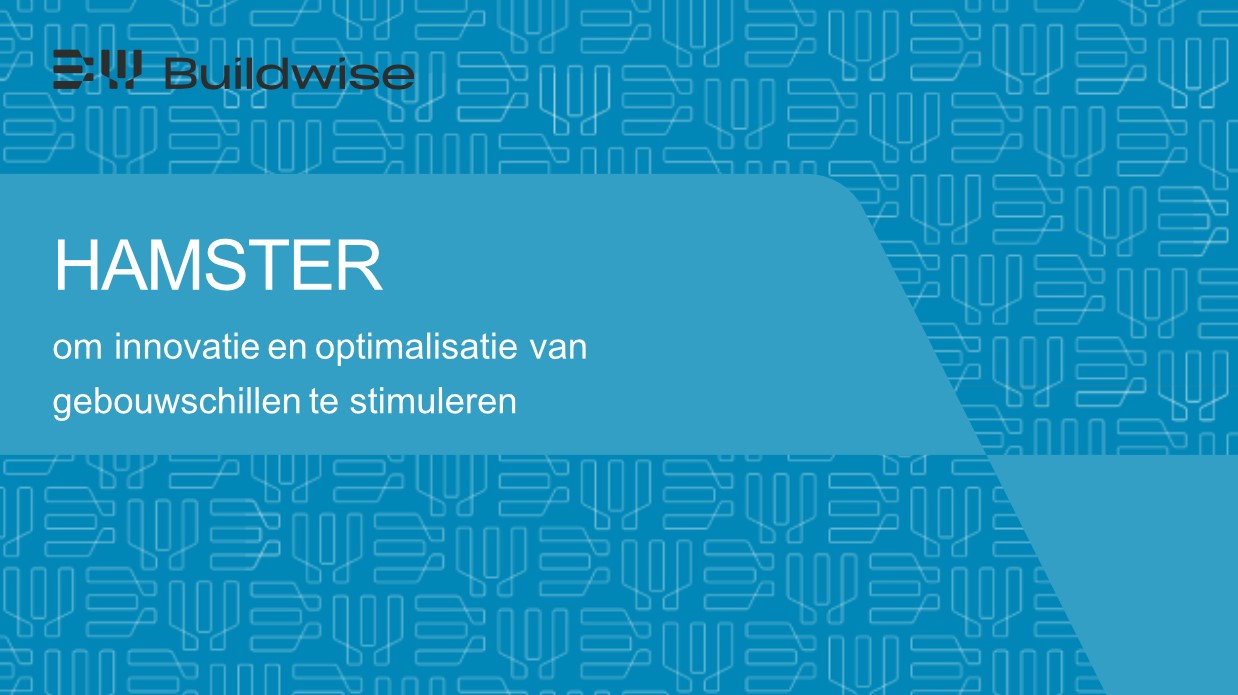CarbIP Life Project Newsletter – Issue 2 July 2023
Welcome to the second edition of the CarbIP Life Project Newsletter!
We are excited to share our latest progress in exploring materials with the highest potential for using Aerogel technology in blow-in insulation. Our goal is to achieve or surpass the thermal insulation properties of standard sandwich wall panels filled with PIR (Polyisocyanurate foam) or PUR (Polyurethane foam).
Defining the Right Materials
To determine the best thermal insulation, we need a benchmark. Here are the thermal conductivity values for comparison:
- PIR (Polyisocyanurate foam): 0.021-0.026 W/(m.K)
- PUR (Polyurethane foam): 0.022-0.028 W/(m.K)
In contrast, blow-in insulation materials such as glass wool, mineral wool, cellulose, or EPS (Expanded Polystyrene) have thermal conductivity values ranging from 0.031-0.045 W/(m.K). These values indicate that blow-in insulation needs enhancement to be competitive.
The Impact of Aerogel
Silica aerogels are known as the best solid thermal insulators in the world, having thermal conductivities in the range of 0.013-0.018 W/(m.K). Therefore, aerogel technology is making a significant impact by bringing the thermal conductivity values of blow-in insulation closer to zero, thereby enhancing its competitiveness and efficiency. Other advantages of silica aerogels are that they are fire resistant and can be made water repellent.
Thermal Conductivity of 0.025-0.029 W/(m.K) reached after first scale up round
We are proud to announce that we succeeded in producing aerogel-incorporated blow-in insulation materials having thermal conductivities in the range of 0.025-0.029 W/(m.K). Some materials had even lower values, all depending on the amount of aerogel present.
The most impressive results were obtained by impregnation aerogel in:
- Glass Wool
- Mineral wool
- Cellulose (Wood Fiber)
- Cellulose (Recycled newspapers)
- Straw
- EPS
Next Steps
Our upcoming focus areas include:
- Fiber Impregnation Test: Further examine the density and lambda values of fibers before and after impregnation. The ideal volume ratio of aerogel versus blow-in insulation will be determined.
- Increasing the material output during production.
- Recycling Insulation Materials: We will identify and investigate recycled insulation materials for testing.
We are committed to advancing our research and development efforts to bring innovative and efficient insulation solutions to the market. Stay tuned for more updates in our next newsletter!
Best regards,
The CarbIP Life Project Team
Events that we were part of

With the support of the LIFE programme
Project LIFE21 ENV/BE/1011074177
Co-funded by the European Union. Views and opinions expressed are however those of the author(s) only and do not necessarily reflect those of the European Union or CINEA. Neither the European Union nor the granting authority can be held responsible for them.



